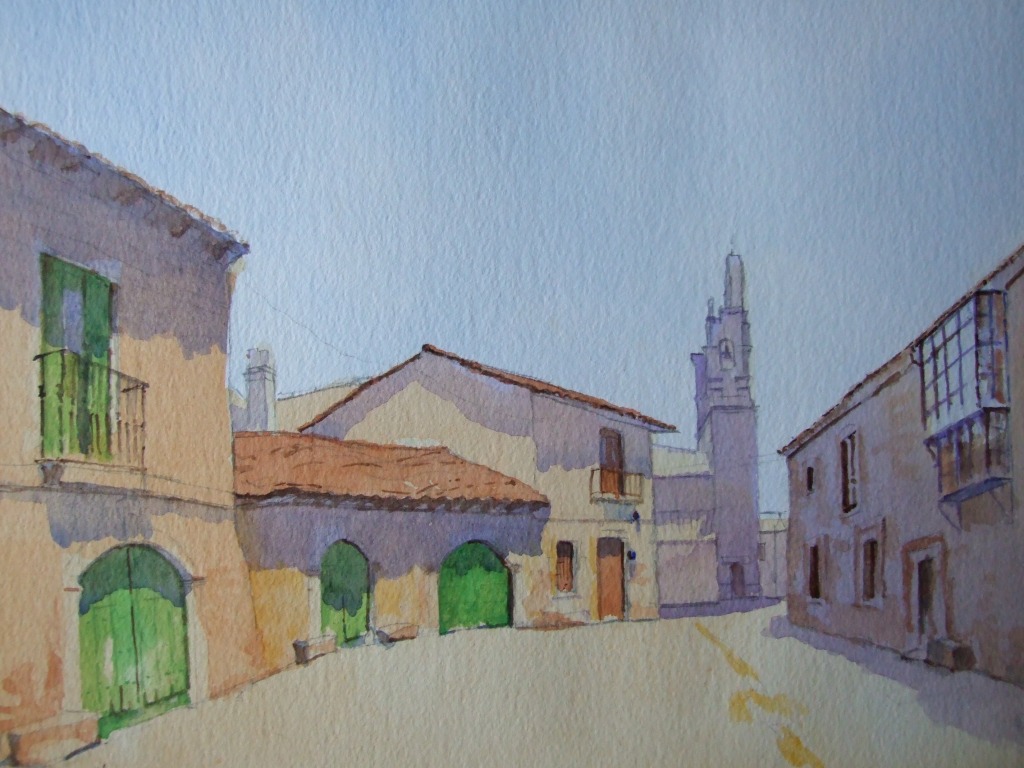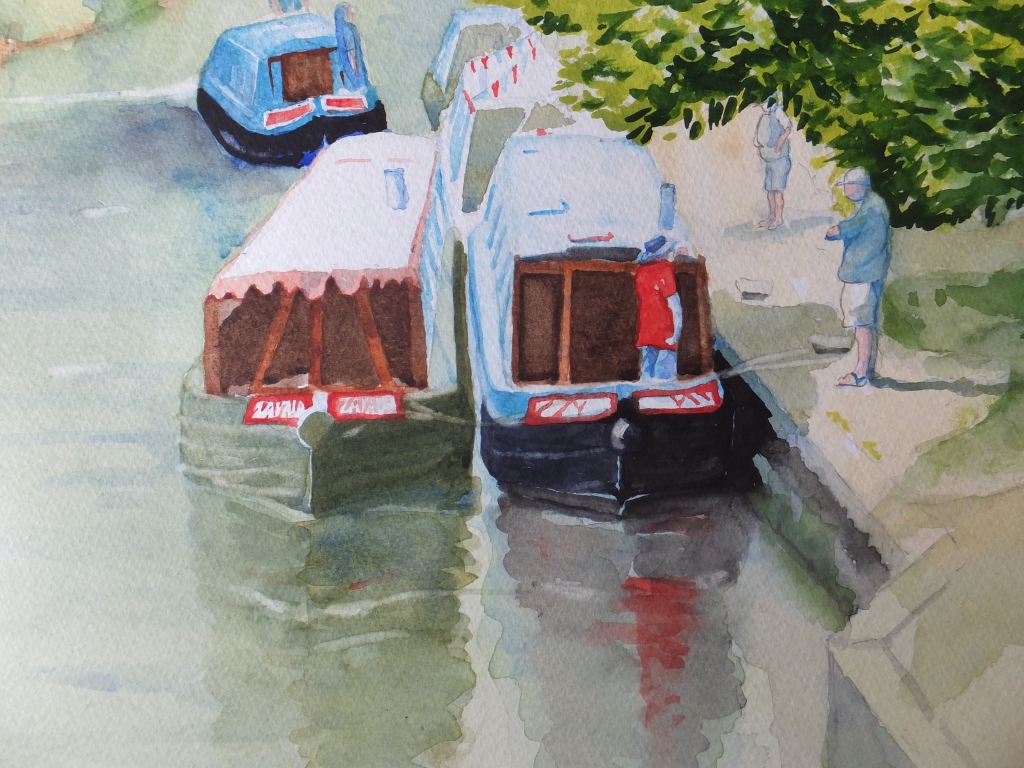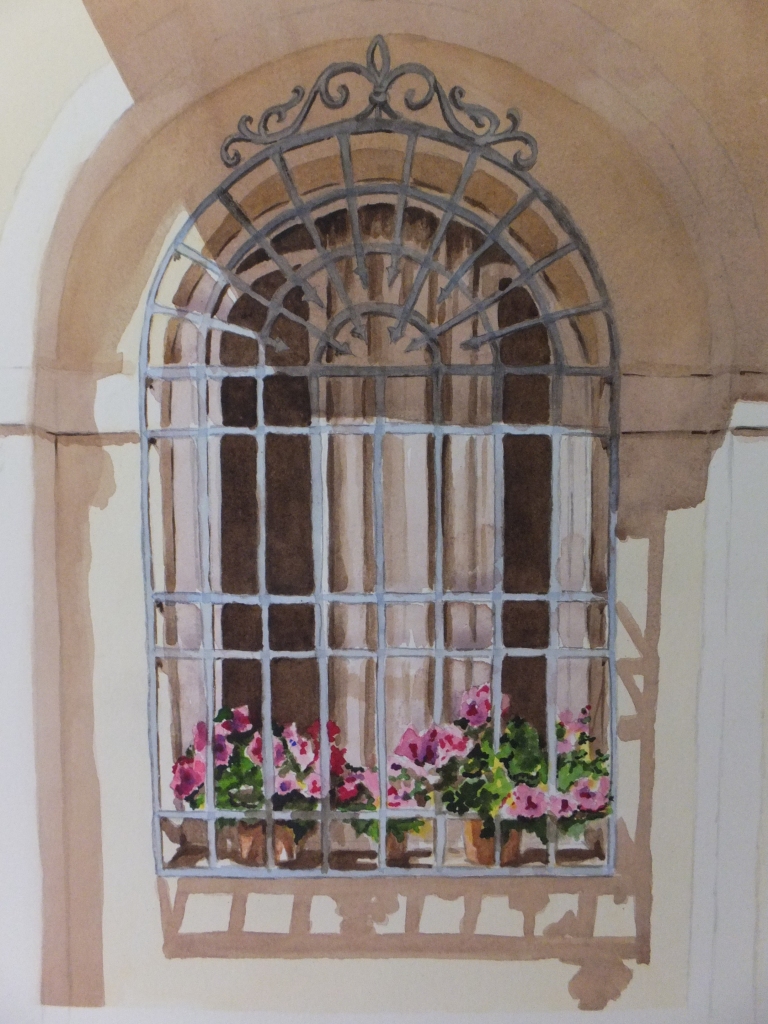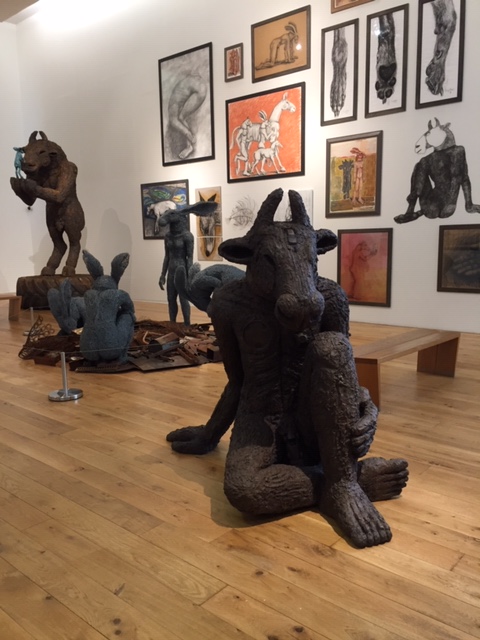I was asked about my school years. Something I don’t often think about. If I ramble, it’s because I am remembering things as I go along
In 1954, I sat and passed the infamous 11plus exam, which enabled me to move from the primary or first school, on to a grammar school. This was an iniquitous system which separated the sheep from the goats at a very early age. Grammar school places, so soon after the war, were limited and so most students were relegated to the so-called secondary modern system, where the subjects taught were less academic and more practical. Why people assumed that failure of the 11+ meant that students were good with their hands, I don’t know. Mercifully the system broke down and was replaced with the comprehensive system, which had its faults and needed amending, but all in all was fairer, and recognised that some blossomed later, and caught up and maybe overtook.
So there I was, with others ready to take on this great adventure of preparation for later life. It meant making a train journey for a start, on my own, as the grammar school, Churcher’s College was in the next town of Petersfield. This was a school steeped in tradition. Founded in the 18c by one Richard Churcher, an East India Merchantman, to train boys in mathematics and navigation, and to be employed later in the East India Company. A far cry from the classical education that most boys of that class were given. Although a grammar school, that is, state aided, the school was run along the lines of a public school. To us public schools were private and charged fees. Think Eton or Harrow. Some would say we had ideas above our station.
We learned Latin for starters. That was a shock to the system. I struggled with this subject, although later on when I took GCE O level I passed in Latin to the amazement of my teachers. I look back on it as a subject worth studying as a good groundwork for other European languages especially English. Each year was streamed into a and b streams. A stream learned Latin but the b stream did woodwork instead. Once again another group were written out of academic studies
The buildings were old. Masters were mostly old and caricatures. Corporal punishment was given out for minor offences with what seemed like relish, If you asked questions you were slow. Proficiency at games was venerated. Prowess at studies was not. There was a Combined Cadet Force at school, which was like an Officer’s Training Corps. This wasn’t long after the war ended, and conscription was still in force. You could join the CCF at age 14, which I did, and joined the army section, which I enjoyed thoroughly. Officers and NCOs from the regular army came in and drilled us, so all was taken very seriously. Once a term we had a field day and went to the nearby Longmoor Camp. We were issued with Lee Enfield 303 rifles, WW2 vintage, and a handful of blanks. Split into two teams we went off into the woods for mock battles. This was like glorified cowboys and Indians for 14 year olds, with real guns. Officers would fire live rounds over our heads and throw firecrackers at our feet. Amazingly nobody died.
So what was happening in the world in 1954 and were we aware, being without social media in those days. I was aware of some things because my father read aloud from the Daily Telegraph. Colonel Nasser took over Egypt and ousted the king Farouk. I did know about that at the time. I do not remember this being discussed at school, current affairs weren’t. Everyone was too steeped in the Classics. This led to the famous Suez Crisis. Nasser took control of the canal, and Britain and France sent in paratroops. This was a military failure. The Americans were furious as they had not been consulted and the British learned the hard way that they no longer ruled the waves. We were disengaging from our old empire throughout the world. India had become independent in 1947. The whole thing was horribly mismanaged by the British with tragic bloodshed and resultant misery. The word Empire was still around in 1954. I had a pair of Plimsolls which we wore for PE, and they were marked Empire Made. Woefully inadequate, my feet are deformed to this day. A friend of mine at school, Alan Disney, who claimed to be related to Walt and maybe was, had a wonderful stamp collection. He specialised in British Empire stamps. His collection was amazing. I wonder if he still has it.
I said earlier that my father read excerpts from the Daily Telegraph every day. Imagine a Puritan household where the head read from the Bible to assembled members including servants. It was like that. A reading from the word of the Daily Telegraph to start our day, although we didn’t have servants of course. The Daily Telegraph was, and still is, an Establishment newspaper veering to the right. Sometimes hysterical. Always supporting the Tories. There was very little information or opinion to balance our choices. One channel of TV from the BBC until mid fifties when ITV appeared as an independent channel, which my father refused to have as it was funded by advertising. I found that odd as he supported big business versus the state but not this time. So we plodded on with dear old BBC . There was only one radio in the house which he controlled, and would switch off without recourse to anyone else in the household. Some of my friends had transistor radios so could listen to Radio Luxembourg under the bedclothes. This was a pirate radio station broadcasting pop music which was starting to be the rage, but denied me I am afraid.
Prowess at games, I have already said, was admired. Good all-rounders were the heroes of the school. I was miserable at all sports, especially team games like rugby and cricket. I was forced to play and did so with bad grace. When I left school I vowed never to play team sports again, and have kept my vow.
So did I enjoy anything? I have mentioned the CCF which I did enjoy, despite preparing my uniform for inspection at the week end. Had I been left at school long enough, I might well have considered the military as a career. But I wasn’t . After my O levels which weren’t bad with six passes, I was removed to go into the family business, a decision I came to regret and moved out as soon as possible. I always resented being denied sixth form
Those are my few memories of grammar school years. Even the word ‘grammar’ is steeped in antiquity, for those who might not be familiar with the term. Grammar meant Latin grammar in this context, and such schools were set up in the c16, in the reign of Edward VI as I remember. There is a good one in Guildford near where I live, still flourishing today, but not teaching Latin as far as I know.
Did you know that when I was at school, in order to get into Oxford or Cambridge Universities for any subject whatsoever, you needed O level Latin? That stopped in 1960. I leave you with that as a flavour of how schooldays were in my day









